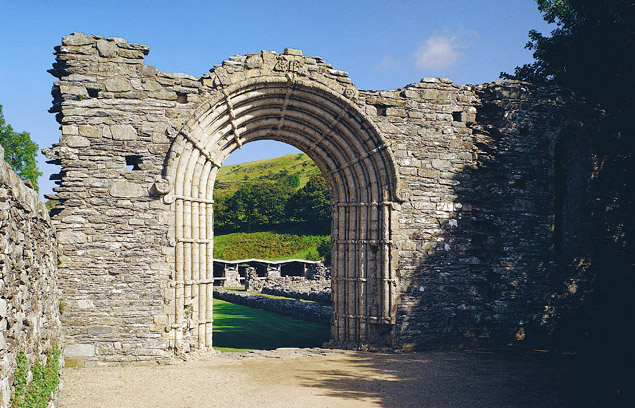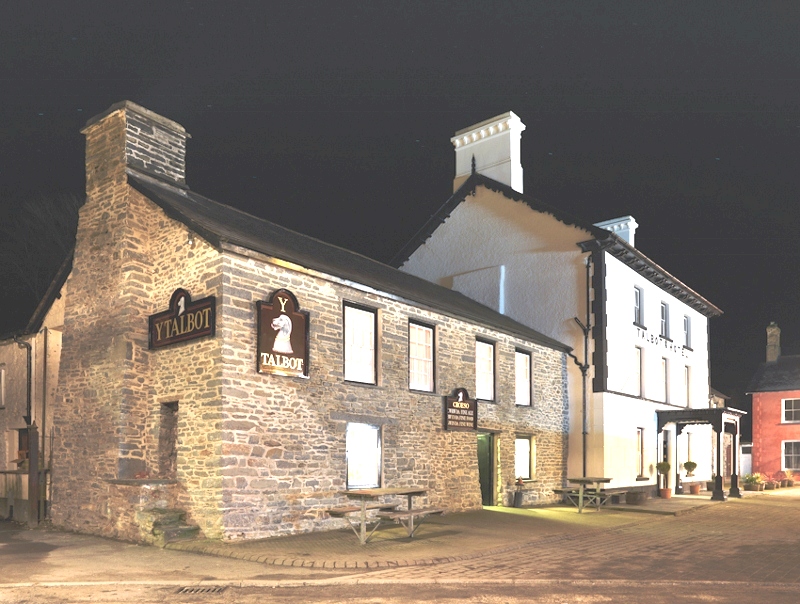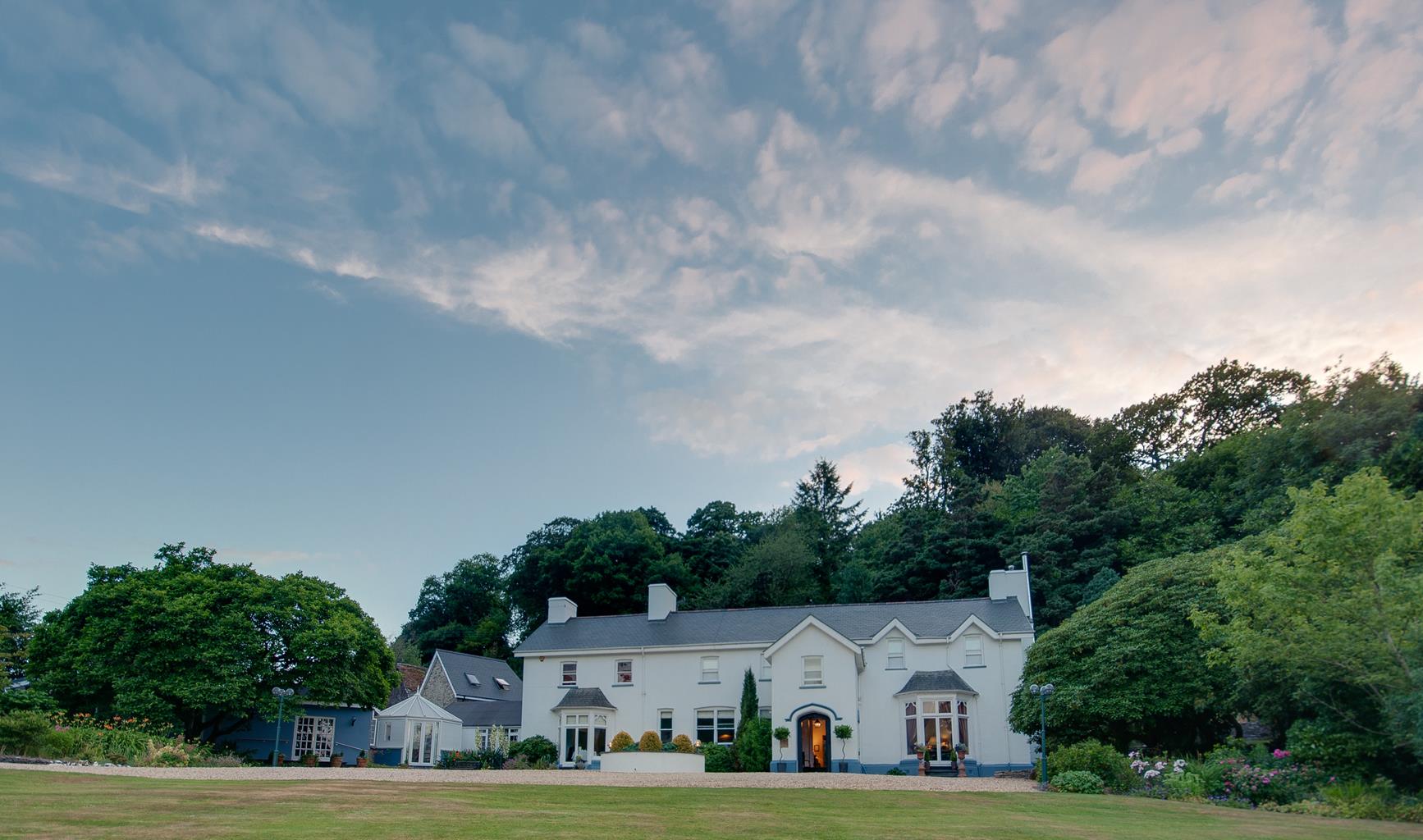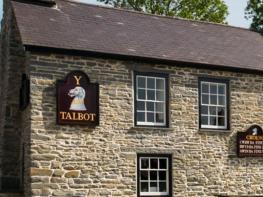Located in the heart of this quiet town, Y Talbot has been appointed to provide a range of very…
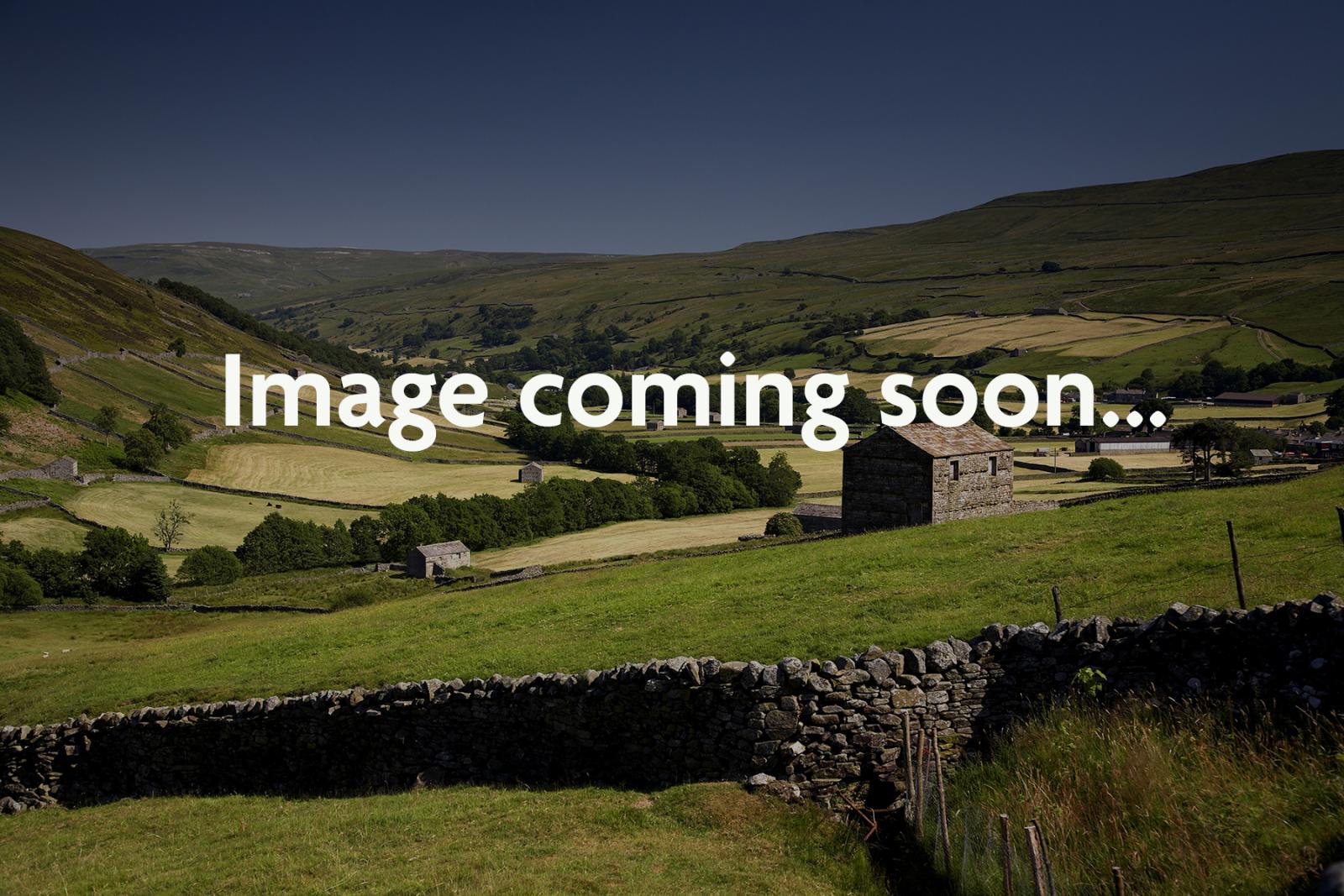
Our View
It’s hard to beat a springtime visit to the woodlands of Coed Rheidol, near Devil’s Bridge, particularly in May when the bluebells are in flower. The reserve’s woodland is also good for other spring wildflowers, such as lesser celandines, primroses, common violets, wood anemones, and, in the wet flushes, golden saxifrage. Later in the summer yellow pimpernel, common cow-wheat, Welsh poppy, heather and bilberry take over, while there are impressive autumn displays of fungi. Nearly 80 species of birds have been recorded in the woodland. Breeding birds include bullfinches, pied flycatchers, redstarts, tree pipits, and various warblers. Birds of prey you can expect to see in the area include red kites, buzzards and the occasional goshawk. The Rheidol and Ystwyth rivers have stocks of resident wild brown trout, sea trout and salmon, which go to sea each year to return in spring and summer to spawn. You might even see the shy otter.
Features
Also in the area
About the area
Discover Ceredigion
The name ‘Ceredigion’ takes a bit of explanation. The town of Cardigan gives its name to the surrounding bay, but the county now uses the Welsh word for Cardiganshire – Ceredigion, pronounced with a ‘dig’. Cardigan Bay itself is a large inlet of the Irish Sea and stretches from Bardsey Island to Strumble Head. With many beaches and a unique marine life, it’s the place to come to spot bottlenose dolphins, porpoises and Atlantic grey seals. The area is a Special Area of Conservation (SAC), designated under European law to protect its species and habitats. The Ceredigion coastal path is also a major attraction.
Much of the surrounding land is fertile farmland, dotted with towns and seaside resorts such as Fishguard, New Quay, Aberaeron, Aberystwyth, Borth, Aberdyfi, Barmouth and Porthmadog. It’s also a section of coast that major rivers flow into, including the Afon Glaslyn, Teifi, Rheidol, Dyfi, Aeron, Dysynni and Mawddach. Historically, the area supported a strong maritime industry. Cardigan was a major hub, once having more than 300 ships registered in its port, seven times as many as Cardiff. Due to being something of a backwater, in many ways this area remains charmingly unspoilt. The nearby heather-clad Preseli Hills are an additional delight.
Nearby stays
Places to Stay
Dining nearby
Restaurants and Pubs
Why choose Rated Trips?
Your trusted guide to rated places across the UK
The best coverage
Discover more than 15,000 professionally rated places to stay, eat and visit from across the UK and Ireland.
Quality assured
Choose a place to stay safe in the knowledge that it has been expertly assessed by trained assessors.
Plan your next trip
Search by location or the type of place you're visiting to find your next ideal holiday experience.
Travel inspiration
Read our articles, city guides and recommended things to do for inspiration. We're here to help you explore the UK.



